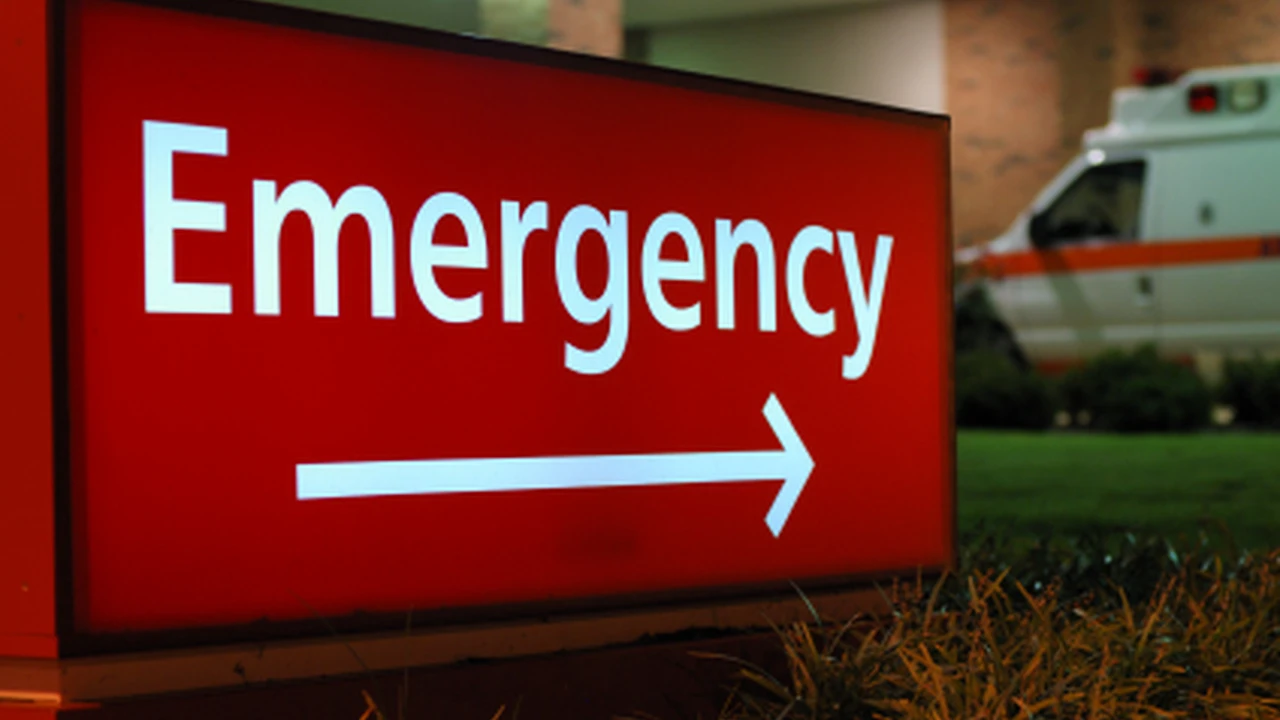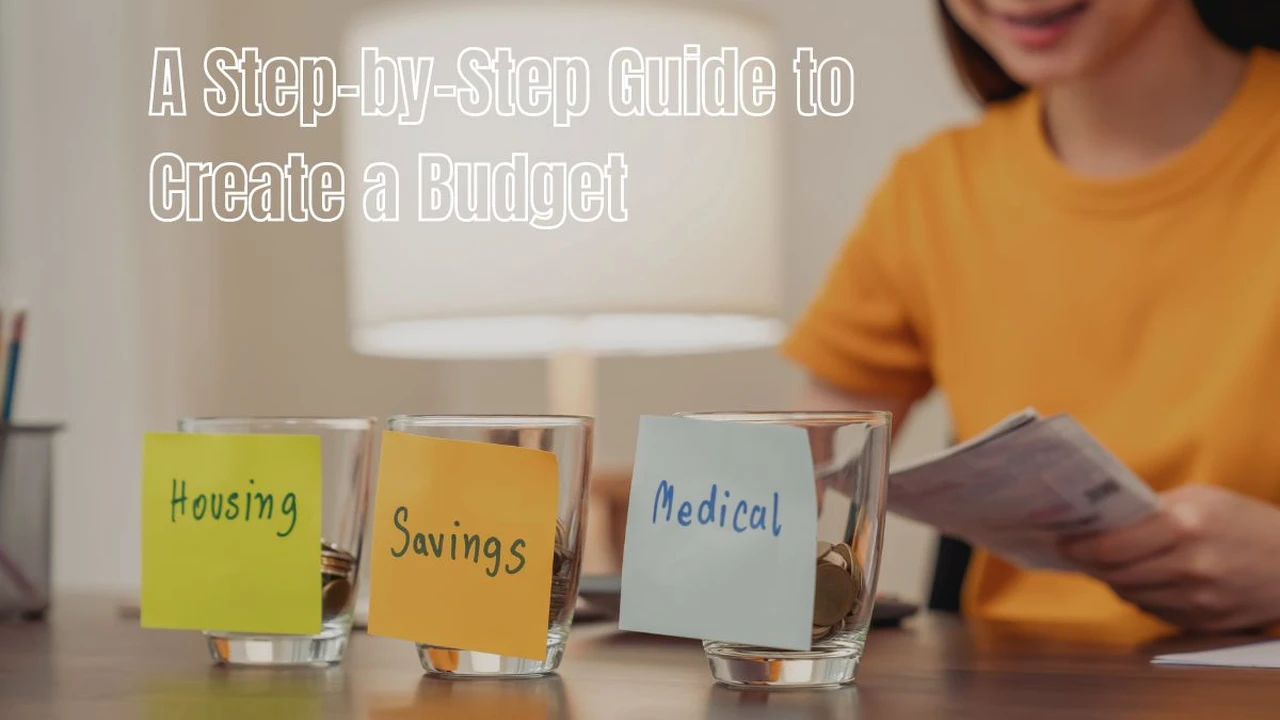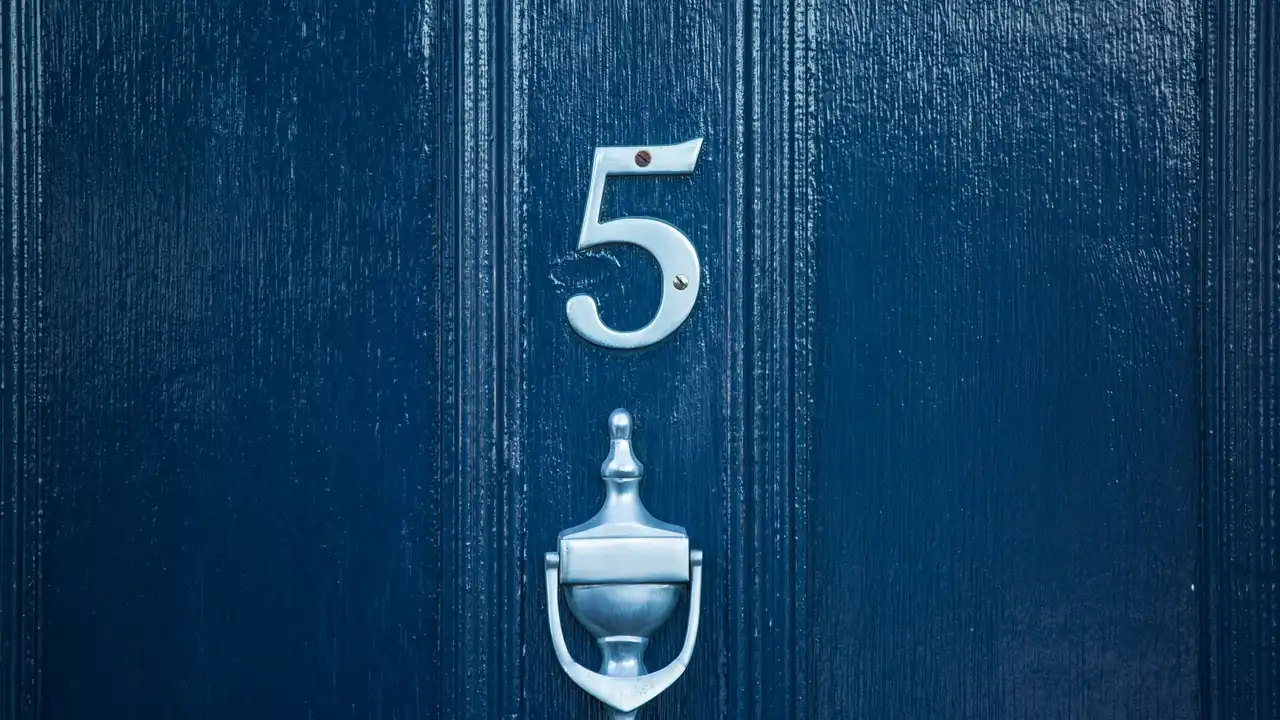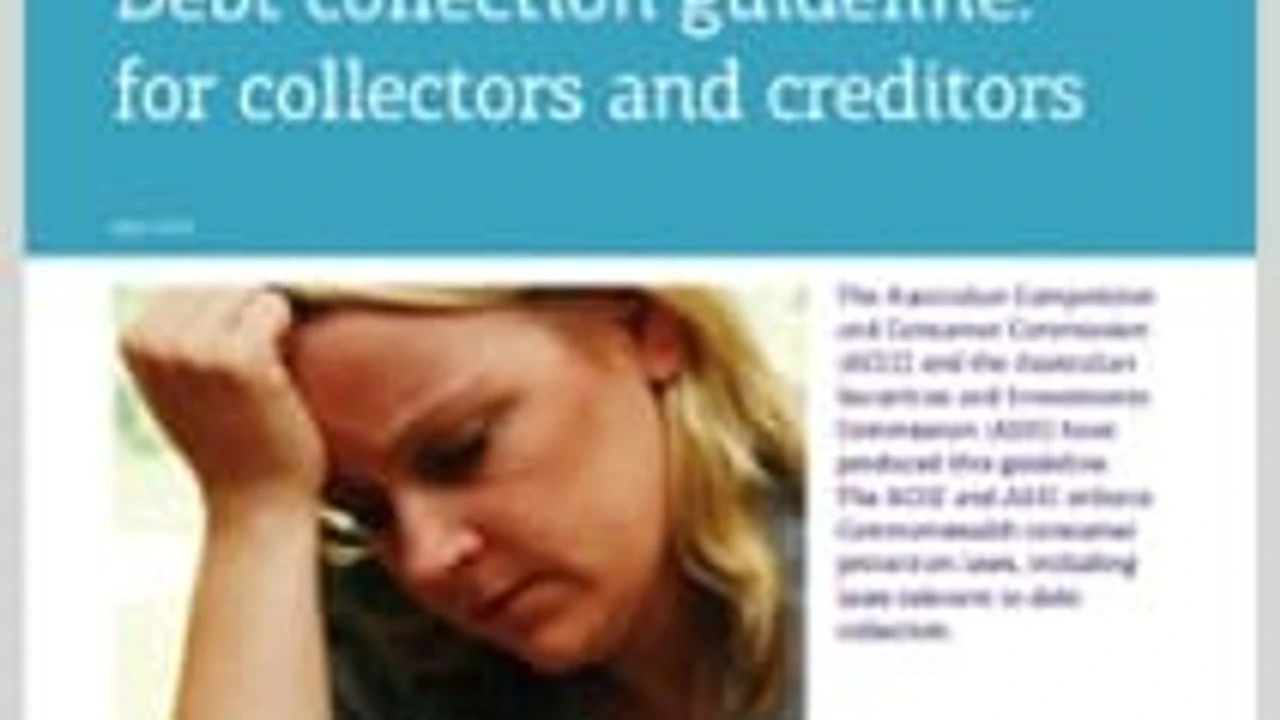Emergency Fund Building How Much to Save
Determine how much you should save for your emergency fund and learn practical tips for building it quickly.

Emergency Fund Building How Much to Save
Hey there! Let's talk about something super important for your financial peace of mind: an emergency fund. Think of it as your financial safety net, ready to catch you when life throws unexpected curveballs. We're talking about job loss, sudden medical bills, car repairs, or even a leaky roof. Without an emergency fund, these surprises can quickly spiral into debt, stress, and a whole lot of headaches. So, let's dive deep into why you need one, how much you should aim for, and some awesome strategies to build it up fast.
Why an Emergency Fund is Your Financial Superhero
Seriously, an emergency fund isn't just a good idea; it's a financial superpower. It protects you from having to rely on high-interest credit cards or taking out loans when unexpected expenses pop up. Imagine your car breaks down, and you need $1,000 for repairs. If you don't have that cash readily available, you might put it on a credit card, racking up interest and making a bad situation worse. But with an emergency fund, you just dip into your savings, fix the car, and move on with your life. No stress, no debt. That's the magic!
Beyond avoiding debt, an emergency fund gives you incredible peace of mind. Knowing you have a financial cushion allows you to sleep better at night, knowing you're prepared for whatever comes your way. It also gives you more freedom and flexibility. If you suddenly lose your job, you won't be forced to take the first job offer that comes along, even if it's not a good fit. You'll have the breathing room to find the right opportunity.
How Much Should Be in Your Emergency Fund The Golden Rule and Beyond
Alright, the big question: how much cash should you stash away? The golden rule, often cited by financial experts, is to have 3 to 6 months' worth of essential living expenses saved up. But let's break that down because 'essential living expenses' can mean different things to different people, and your personal situation plays a huge role.
Calculating Your Essential Living Expenses for Emergency Fund Goals
First things first, you need to figure out your monthly essential expenses. This isn't your total monthly spending; it's what you absolutely need to survive if your income suddenly stopped. Think rent/mortgage, utilities, groceries, transportation, insurance premiums, and minimum debt payments. Things like dining out, entertainment, and subscriptions you can live without for a while don't count here. Grab a pen and paper or open a spreadsheet and list them out. Add them up, and that's your baseline.
Let's say your essential monthly expenses come out to $2,500. Based on the golden rule:
- 3 months: $2,500 x 3 = $7,500
- 6 months: $2,500 x 6 = $15,000
So, your target range would be between $7,500 and $15,000.
Factors Influencing Your Emergency Fund Size Beyond the Basics
While 3-6 months is a great starting point, several factors might push you towards the higher end of that range, or even beyond:
- Job Security: How stable is your job? If you're in a volatile industry or your job isn't very secure, aiming for 6-12 months might be a smarter move. Self-employed individuals often need a larger cushion.
- Dependents: Do you have a family relying on your income? More dependents usually mean higher essential expenses and a greater need for a robust emergency fund.
- Health: If you or a family member has chronic health issues, you might face higher medical costs, making a larger fund advisable.
- Insurance Coverage: Good health insurance, disability insurance, and life insurance can reduce the financial impact of certain emergencies, potentially allowing for a slightly smaller fund. However, don't rely solely on insurance; deductibles and co-pays can still be substantial.
- Other Debts: If you have significant debt, especially high-interest debt, a larger emergency fund can prevent you from adding to it during a crisis.
- Income Volatility: If your income fluctuates (e.g., commission-based, freelance), a larger emergency fund provides stability during lean months.
- Access to Other Funds: Do you have other accessible assets, like a Roth IRA that you could tap into without penalty in a true emergency (though this should be a last resort)?
For many, especially those with stable jobs and no dependents, 3 months might feel sufficient. For others, particularly those with fluctuating incomes or significant responsibilities, 9-12 months could be more appropriate. The key is to find a number that makes you feel secure.
Where to Keep Your Emergency Fund The Best Accounts for Accessibility and Growth
Once you know your target, the next step is deciding where to keep this precious fund. This isn't money for investing in the stock market; it's money you need to access quickly and without risk. So, liquidity and safety are paramount.
High Yield Savings Accounts Your Emergency Fund Home
The absolute best place for your emergency fund is a high-yield savings account (HYSA). Why? Because it offers a few key advantages:
- Liquidity: You can access your money easily, usually within 1-3 business days, without penalties.
- Safety: HYSAs are FDIC-insured (up to $250,000 per depositor, per institution), meaning your money is protected even if the bank fails.
- Interest: While not a get-rich-quick scheme, HYSAs offer significantly higher interest rates than traditional savings accounts. This means your money grows a little bit, helping to offset inflation.
Here are a few popular and highly-rated HYSA providers that are great for emergency funds (note: interest rates can change, so always check current rates):
- Ally Bank Online Savings Account: Known for competitive rates, no monthly fees, and excellent customer service. They also offer a variety of other banking products if you want to consolidate.
- Discover Bank Online Savings Account: Another strong contender with competitive rates, no monthly fees, and 24/7 customer service. They also offer cash back checking.
- Marcus by Goldman Sachs Online Savings Account: Offers consistently high rates, no fees, and a user-friendly online experience.
- Capital One 360 Performance Savings: Good rates, no fees, and integrates well if you already bank with Capital One.
- American Express National Bank High Yield Savings Account: Competitive rates and the backing of a well-known financial institution.
Usage Scenario: Let's say you have $10,000 in an Ally Bank HYSA. Your car needs a $1,500 repair. You log into your Ally account, initiate a transfer to your checking account, and the funds are usually available within 1-2 business days. You pay for the repair, and your emergency fund is still intact, just a little smaller, ready to be replenished.
Money Market Accounts A Similar Option for Emergency Savings
Money market accounts (MMAs) are another viable option. They often offer slightly higher interest rates than HYSAs and sometimes come with check-writing privileges or a debit card, making them a bit more accessible. However, they might have higher minimum balance requirements or transaction limits. Always compare fees and features.
CDs and Investment Accounts Not for Your Primary Emergency Fund
While Certificates of Deposit (CDs) offer guaranteed returns, they lock up your money for a set period, making them less liquid. If you need your emergency fund quickly, you'll pay a penalty for early withdrawal. Investment accounts (stocks, bonds, mutual funds) are even riskier for emergency funds because their value can fluctuate, and you might need the money when the market is down. Keep your emergency fund separate from your long-term investments.
Practical Tips for Building Your Emergency Fund Fast and Effectively
Now that you know the 'why' and 'where,' let's talk about the 'how.' Building an emergency fund might seem daunting, but with a solid plan and consistent effort, you can get there faster than you think.
Automate Your Savings The Set It and Forget It Method
This is arguably the most powerful strategy. Set up an automatic transfer from your checking account to your high-yield savings account every payday. Even if it's just $25 or $50 to start, consistency is key. As your income increases or you cut expenses, increase the transfer amount. Out of sight, out of mind – your fund will grow without you even thinking about it.
Cut Unnecessary Expenses Find Money You Didn't Know You Had
Take a hard look at your budget. Where can you trim the fat? Maybe it's that daily coffee, unused subscriptions, or eating out less. Even small cuts add up. Challenge yourself to find an extra $100 or $200 a month to redirect to your emergency fund. Think of it as a temporary sacrifice for long-term security.
Boost Your Income Side Hustles and Windfalls
Can you pick up a side hustle for a few months? Deliver food, freelance, sell unused items online, or take on extra shifts. Direct all that extra income straight into your emergency fund. Also, if you receive a bonus, tax refund, or any other windfall, resist the urge to spend it and instead, funnel a significant portion (or all!) into your emergency savings.
The Debt Snowball or Avalanche for Emergency Funds
While you're building your emergency fund, you might also be tackling debt. Some financial experts suggest building a mini-emergency fund (e.g., $1,000) first, then aggressively paying down high-interest debt, and then returning to fully fund your emergency savings. This approach gives you a small buffer while you focus on debt elimination. Others prefer to fully fund the emergency fund first. Choose the method that motivates you most.
Track Your Progress Stay Motivated
Seeing your emergency fund grow can be incredibly motivating. Use a spreadsheet, a budgeting app, or even a simple jar to visualize your progress. Celebrate milestones! Reaching your first $1,000, then your first month's expenses, and so on, will keep you going.
Common Pitfalls to Avoid When Building Your Emergency Fund
Even with the best intentions, people sometimes make mistakes that hinder their emergency fund progress. Let's make sure you don't fall into these traps:
Confusing Emergency Funds with Savings Goals
Your emergency fund is NOT for a down payment on a house, a vacation, or a new car. Those are separate savings goals. Mixing them up means you might deplete your emergency fund for a non-emergency, leaving you vulnerable when a real crisis hits. Keep them in separate accounts if possible.
Keeping It Too Accessible (or Not Accessible Enough)
Don't keep your emergency fund in your checking account where it's easy to accidentally spend. Conversely, don't put it in an account that's difficult to access quickly. The HYSA is the sweet spot.
Not Replenishing After Use
If you have to use your emergency fund, that's exactly what it's there for! But once the crisis is over, make it your top financial priority to replenish it back to your target amount. Treat it like a non-negotiable expense.
Underestimating Your Needs
Don't just guess your essential expenses. Take the time to calculate them accurately. It's better to overestimate slightly than to find yourself short when you need it most.
Real-World Scenarios When Your Emergency Fund Saves the Day
Let's look at a few examples to really drive home the importance of this fund:
- Scenario 1: Job Loss. Sarah loses her job unexpectedly. She has 6 months of essential expenses ($15,000) saved in her HYSA. This gives her the breathing room to focus on her job search without panicking about rent or groceries. She can take her time to find a job that's a good fit, rather than accepting the first low-paying offer out of desperation.
- Scenario 2: Medical Emergency. Mark's child needs an emergency appendectomy. Even with good insurance, the deductible and out-of-pocket maximum amount to $3,000. Mark's emergency fund covers this without him having to put it on a credit card or dip into his retirement savings.
- Scenario 3: Home Repair. A pipe bursts in Emily's house, causing significant water damage. The repair bill is $4,000, and her homeowner's insurance deductible is $1,000. Her emergency fund covers the deductible and the portion not covered by insurance, preventing her from taking out a high-interest loan.
- Scenario 4: Car Trouble. David's car transmission fails, costing $2,500 to replace. He pulls the money from his emergency fund, gets his car fixed, and is back on the road without incurring any new debt.
In each of these cases, the emergency fund acted as a financial shield, preventing a bad situation from becoming a catastrophic one. That's the power we're talking about!
Final Thoughts on Your Emergency Fund Journey
Building an emergency fund is one of the most fundamental steps towards financial security and freedom. It's not always easy, and it takes discipline, but the peace of mind it provides is absolutely priceless. Start small, be consistent, and celebrate every milestone. Your future self will thank you for it. So, go ahead, calculate your target, pick a high-yield savings account, and start building that financial fortress today!
:max_bytes(150000):strip_icc()/277019-baked-pork-chops-with-cream-of-mushroom-soup-DDMFS-beauty-4x3-BG-7505-5762b731cf30447d9cbbbbbf387beafa.jpg)






